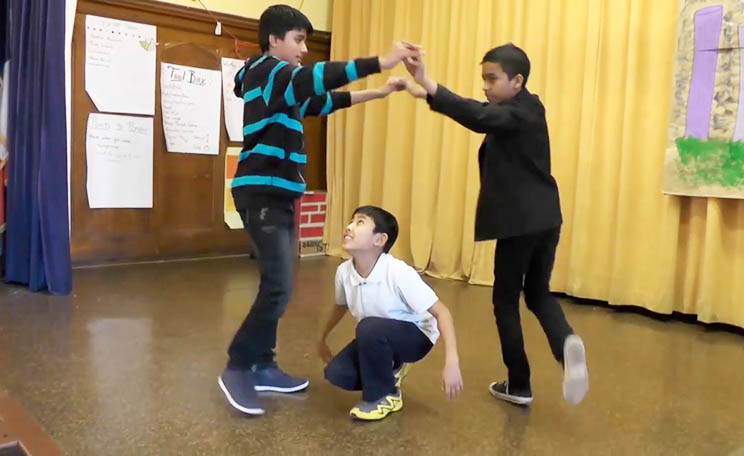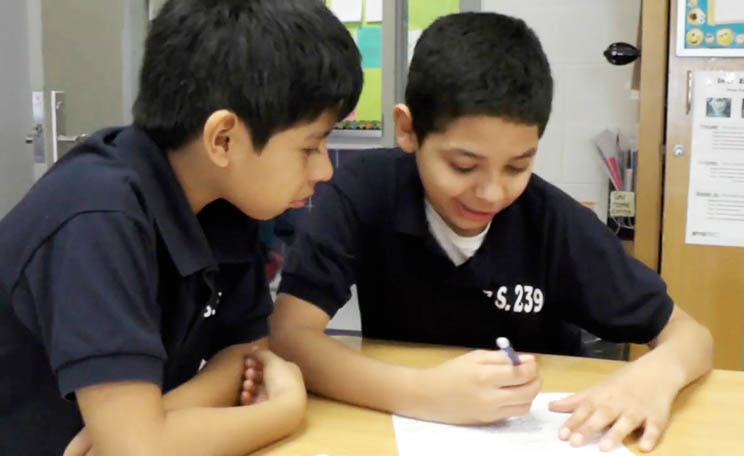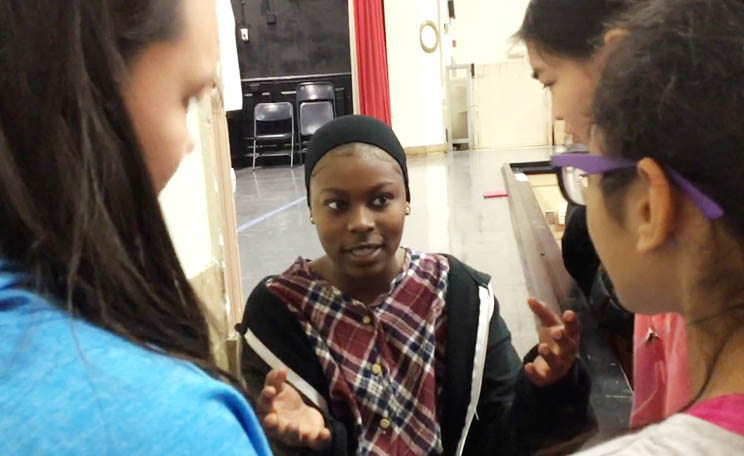



The arts motivate MLs to find their voices – and make them heard. Art activities lower students’ inhibitions, actively engaging them in their own learning through real life problems and projects.


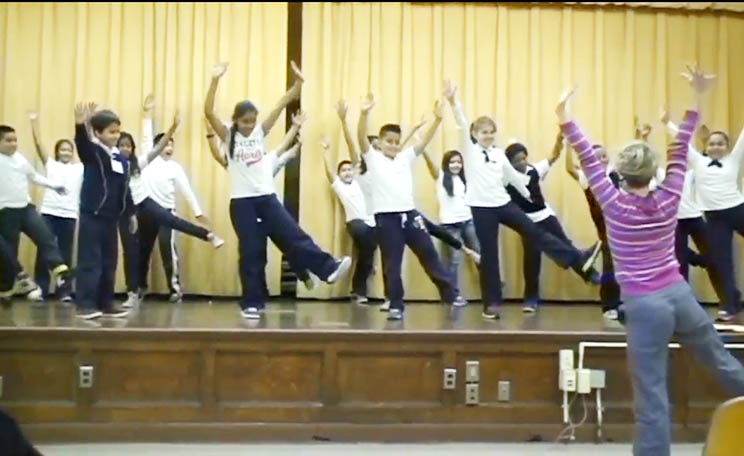
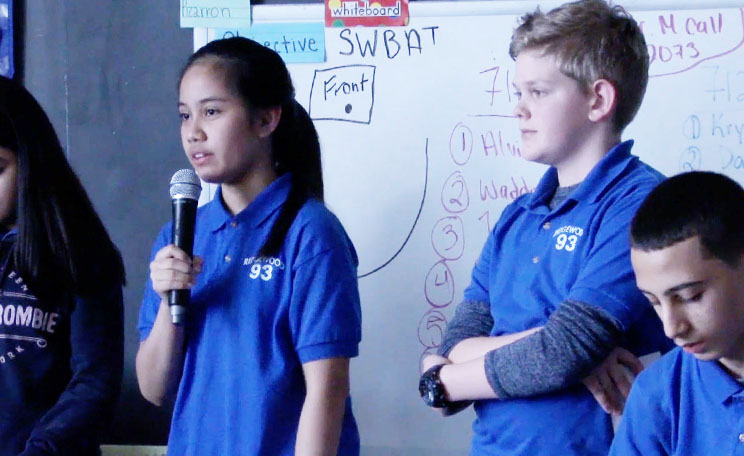
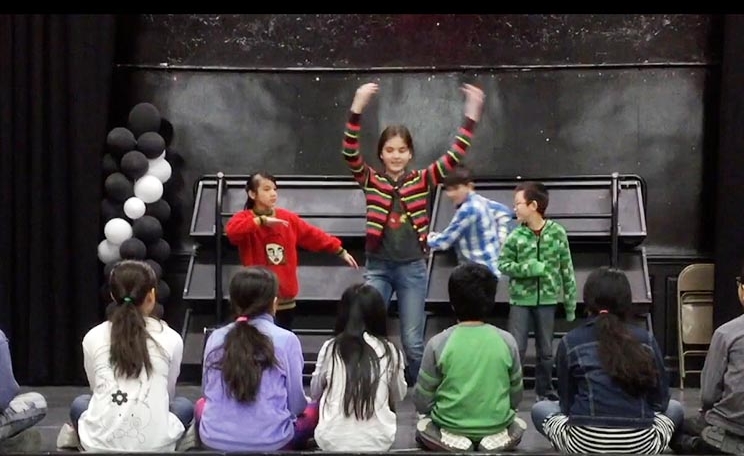

Authentic art-making opportunities provide a safe space for language learners to develop their voice and make meaningful choices. The structure of these opportunities needs to be supported for MLs and include appropriate scaffolds.
